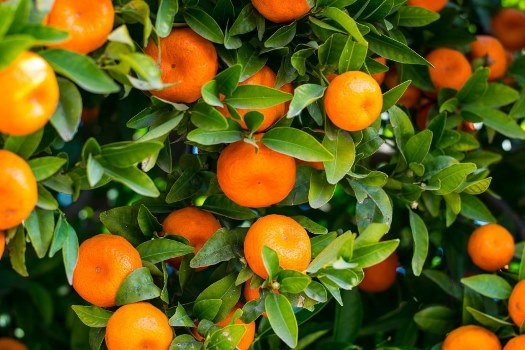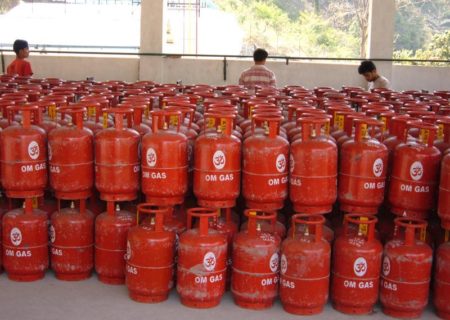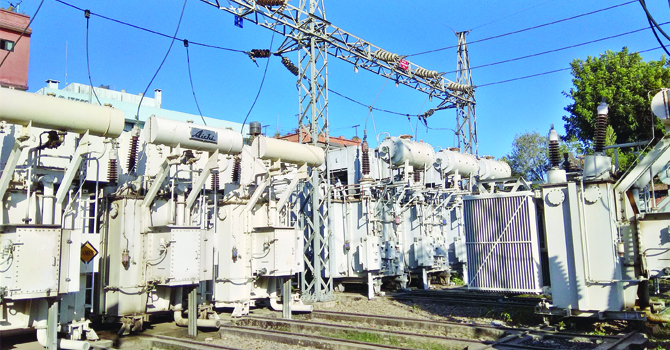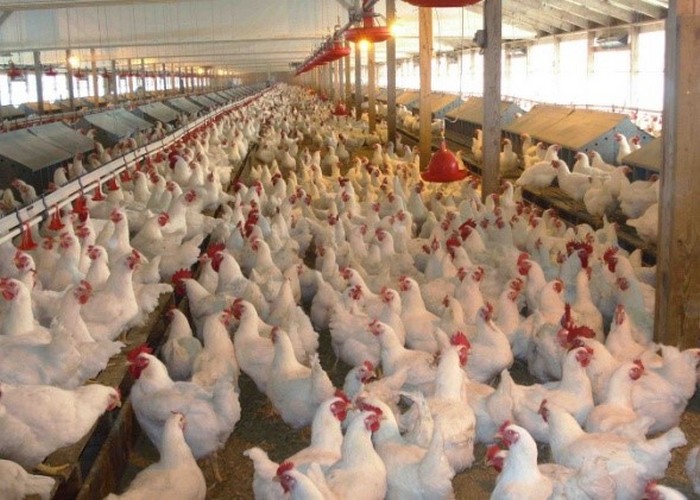Pest control broadens smiles of orange farmers

By Laxman Kafle
Kathmandu, Jan. 10: Orange farmers of Sindhuli district have breathed a sigh of relief after successfully controlling the pest that used to damage their fruit every year.
The Prime Minister Agriculture Modernisation Project, Sweet Orange Super Zone and farmers have finally succeeded to curb the problem after a two-year-long combat against the notorious pest.
Lok Bahadur Ale, one of the sweet orange farmers of Golanjor Gaunpalika-4, Tinkanya, is ecstatic after being able to protect his farm from potential danger.
“My family is now happy with the income from sweet oranges. We are able to not only have two meals a day but live a better life thanks to booming orange sales. A son of porter, I am now able to ride a motorbike,” he said.
Ale said that the infestation did not damage more than five-six per cent of their fruit this year. “I never thought we could save our crops from pests,” he said.
Ale had once even thought of giving up the occupation of orange farming owing to burdensome infestation. But now the situation is different. “The infestation is now brought under control with the use of pesticides. This has made me more hopeful about my occupation,” he said.
Ale is earning around Rs. 800,000 to Rs. 1,000,000 annually from sweet
orange for the last two years while the income was limited to below Rs. 200,000 three years ago.
Now, around 620 sweet orange trees are standing in his 22 ropanis of land. Out of them, 500 trees yield fruit, he said.
With the growing production, Ale constructed a cold storage in his own home.
“I have planned to store about 50 quintals of sweet oranges produced in my garden targeting to sell in off-season when the price of orange goes up,” he said.
The damage caused to sweet orange by Chinese Citrus Fly (CCF) has been on rise since 2014 in the central hilly citrus orchards of Sindhuli and Ramechhap.
Price falls significantly
Another sweet orange farmer Beg Bahadur Gaudashe Magar said that his income swelled from sweet orange crop after the pest infestation was brought under control.
According to him, he will sell sweet orange worth Rs. 600,000 this year. He has around 500 sweet orange trees in his garden.
“Almost 90 per cent yield used to be damaged due to the diseases a couple of years ago. Now, the production loss dropped to five per cent thanks to the Area Wide Control Programme (AWCP) of CCF,” he said.
Most of the farmers of Tinkanya are earning around Rs. 300,000 to Rs. 1.4 million annually by selling oranges, he said.
Currently, the farmers are selling a kilogram of sweet orange at the rate of Rs. 40-65 per kg based on quality.
Due to the lockdown and the impact of COVID-19, the price of sweet oranges has dropped this year compared to last year. Last year, a kilogram of sweet orange cost Rs. 90.
Govinda Bahadur Lungeli, coordinator, Sweet Orange Super Zone Operation Coordination Committee, Sindhuli, said that the area of sweet orange cultivation had been expanding year by year with growth in income.
He said that sweet orange farmers’ identity cards have been distributed to around to 2,100 farmers in the Sweet Orange Super Zone area so far.
Rangeli added that pesticide was applied from Baishak to Shrawan in partnership with farm owners after the trees started bearing flowers.
Yield loss minimised to four-five per cent
As a pilot programme, AWCP of the pest was conducted in 40 hectares of sweet orange orchards at Golanjor Rural Municipality-4, Tinkanya in Sindhuli to minimise the damages caused by CCF.
The result revealed that the leaf underside spot treatment with the protein bait was highly effective to minimise the sweet orange losses in the district from 56 per cent to 10 per cent in two years, said Debraj Adhikari, chief of Super Zone Office and Senior Plant Protection Officer of the Ministry of Agriculture and Livestock Development.
But, the production loss in the Super Zone implementation area in the district dropped to four-five per cent, he said. Sweet orange farming covers around 1,000 hectares in super zone area.
The production loss of sweet orange in the district was above 60 per cent until fiscal year 2017/18 which came down to 10 per cent this year, he said.
He said that they were providing pesticides to the farmers in 50 per cent subsidy under the Super Zone programme.
However, a few farmers still hesitate to use pesticides, he said.
Around 3,000 farmers are cultivating sweet orange commercially in the district.
The production of sweet oranges increased to 9,500 tonnes worth Rs. 350 million in the district this year.
Sweet orange trees cover 1,390 hectares of land, but only 735 hectares are productive in the district.
Recent News

Do not make expressions casting dout on election: EC
14 Apr, 2022
CM Bhatta says may New Year 2079 BS inspire positive thinking
14 Apr, 2022
Three new cases, 44 recoveries in 24 hours
14 Apr, 2022
689 climbers of 84 teams so far acquire permits for climbing various peaks this spring season
14 Apr, 2022
How the rising cost of living crisis is impacting Nepal
14 Apr, 2022
US military confirms an interstellar meteor collided with Earth
14 Apr, 2022
Valneva Covid vaccine approved for use in UK
14 Apr, 2022
Chair Prachanda highlights need of unity among Maoist, Communist forces
14 Apr, 2022
Ranbir Kapoor and Alia Bhatt: Bollywood toasts star couple on wedding
14 Apr, 2022
President Bhandari confers decorations (Photo Feature)
14 Apr, 2022









